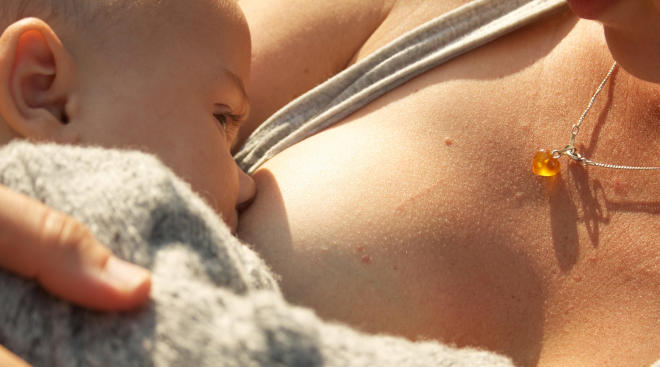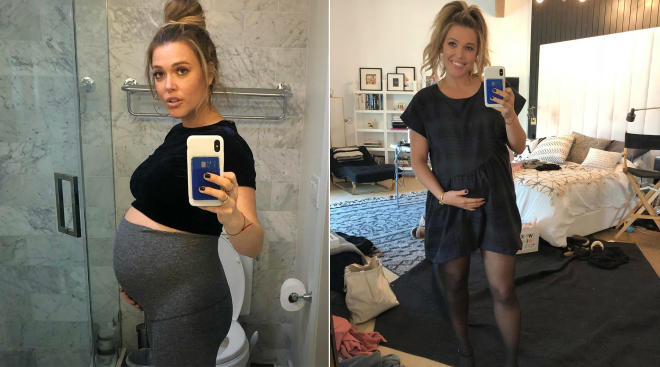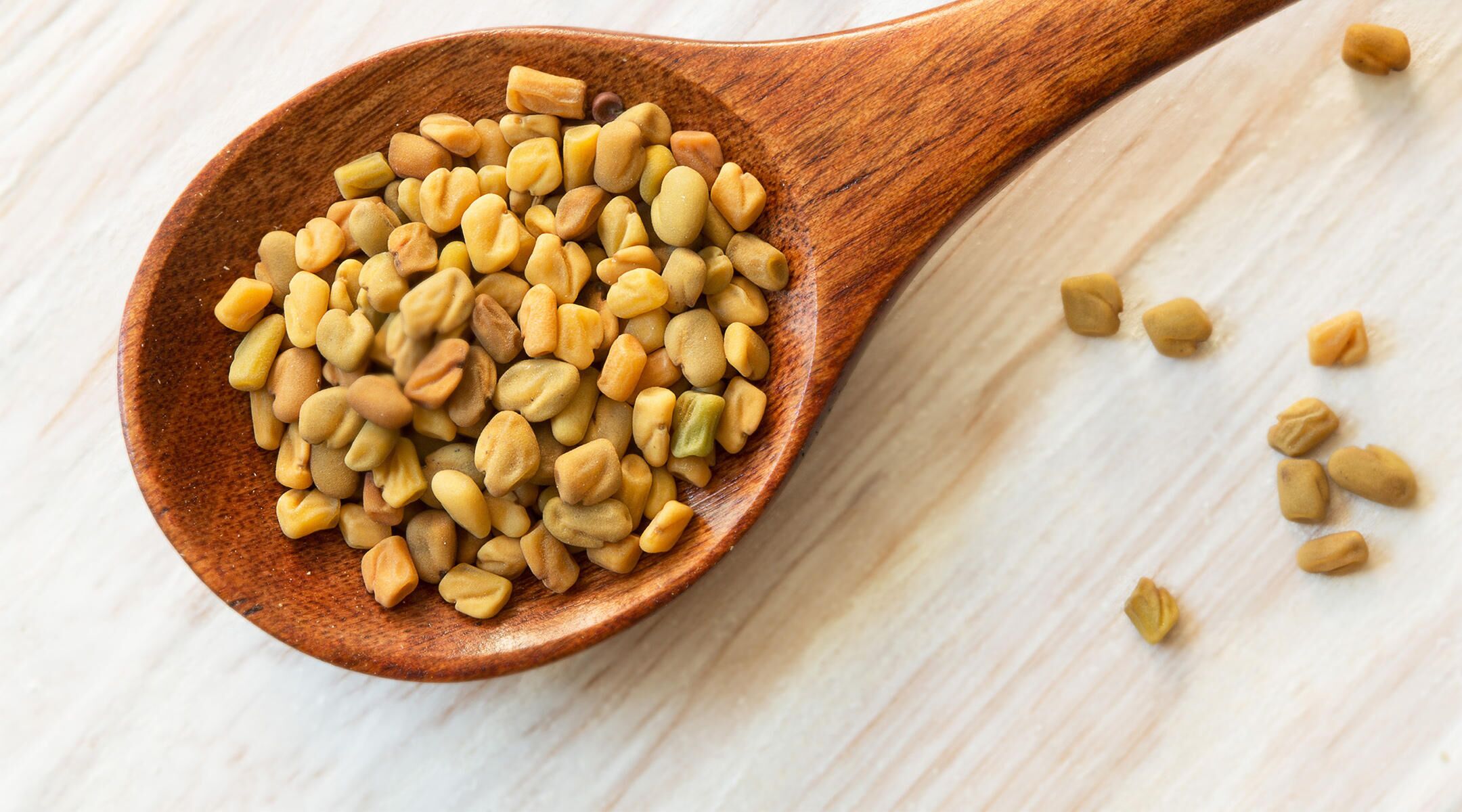Baby’s First Meal: What Is Colostrum and When Does It Come in?
There’s a reason why the first breast milk expressed after childbirth is likened to “liquid gold”: Colostrum contains invaluable nutrients and antibodies specifically tailored to a newborn’s initial needs. Suffice it to say, it’s justifiably revered by new moms, lactation experts and pediatricians. So what are the colostrum benefits, exactly? When does colostrum come in, and what does it look like? Read on to learn everything you need to know about this type of early breast milk.
Colostrum is the first form of breast milk that’s expressed after birth, says Renita White, MD, an ob-gyn at Georgia Obstetrics and Gynecology in Atlanta, Georgia. What makes it unique is its consistency, color and composition. (More on this later.) Plus, it’s loaded with good-for-baby nutrients and antibodies.
Colostrum vs. milk: What’s the difference?
Breast milk transitions through three phases, beginning with colostrum. Transitional milk follows, and then mature breast milk is produced.
Researchers refer to colostrum as a “complex biological liquid” for good reason: Thicker than mature breast milk, colostrum is made up of water, minerals, fat droplets, lymphocytes (or immune cells) and residual materials in the breast, says Susan Mocsny Thomas, a department administrator at La Leche League Alliance, a global nonprofit breastfeeding organization. It also contains sodium, potassium, chloride, protein, fat-soluble vitamins and minerals.
Colostrum is higher in protein, slightly lower in sugar and significantly lower in fat than mature breast milk, according to the American Academy of Pediatrics (AAP). Compared to mature breast milk, it’s easier for a newborn’s immature gastrointestinal systems to digest, explains White.
In addition to providing essential nutrients to sustain baby, the liquid contains antimicrobial amino acid chains that balance the intestinal microbiota, immune-regulating compounds that strengthen the body’s defenses and growth-stimulating proteins. In short, no other grub—liquid nor solid—can quite measure up.
There are many colostrum benefits for baby:
-
It delivers essential nutrients. After nine+ months in utero, baby arrives with an appetite—after all, it’s hard work adjusting to life outside the womb! Dense in calories, colostrum fills their teeny-tiny belly and provides them with necessary nourishment.
-
It supplements the immune system. Colostrum naturally contains high concentrations of certain antibodies that newborns either don’t produce or produce very little of. What’s more, approximately 70 percent of colostrum is composed of white blood cells known as leukocytes, which defend against infection and mediate pain, notes Thomas. But that’s not all. “Additionally, antibodies for any diseases the mother has immunity to will be passed onto her baby via her colostrum and milk,” Thomas adds. “This is a very important protection for the newborn.”
-
It establishes healthy bacteria in the gut. Fun fact: Because an in-utero baby obtains nutrients via their umbilical cord, which channels directly to the bloodstream, their gastrointestinal system is essentially sterile at birth. Colostrum—and, later, transitional and mature breast milk—serves up immunoglobulins and bifidus bacteria to help them establish an optimal gut microbiome (or a bacterial balance) for ideal digestion and health down the road, says Thomas.
Regardless of when your first drops of colostrum actually come out, your body actually begins producing it early on, usually around the fourth month of pregnancy, according to Thomas. That said, colostrum usually arrives immediately after birth, so you can—at least in theory—begin nursing baby immediately after delivery.
Does leaking colostrum mean labor is close?
Although most expectant moms will gladly cling onto any sign that labor is near (we’d all like a heads-up, please and thank you!), leaking colostrum as early as your second trimester is normal, and not a sign you’re going into labor, says White. While many other mammals usually start labor within one or two days of their milk’s arrival, we humans are a bit different. Moreover, colostrum’s early appearance isn’t a sign that you’ll breeze through breastfeeding or be an over-producer. “[It doesn’t] mean anything in respect to future milk supply,” Thomas says.
Colostrum looks distinctly different from mature breast milk: Thomas says it can appear almost “clear to milky” but can also be “yellow to deep yellow or orange.” Mature breast milk is more identifiably white. What’s more, Thomas adds that colostrum is “thick and sticky to the touch.” Some describe its scent as stale, while others take no note of it, she adds.
You know how babies don’t come with manuals? The same can be said for breast milk. If you see even tiny drops of that yellowish liquid coming out after baby’s birth (and in the first couple of postpartum days), you’ve struck gold! The delivery of the placenta sends the memo to your body to begin to increase milk volume and change breast milk’s composition until mature milk is the only on-menu option. In other words, there’s no hard-and-fast stop date on colostrum production; it’s really more of a continuum, explains Thomas.
White explains that, because a newborn’s stomach is only about the size of a marble (or walnut by their third day of life), only a very small amount of colostrum is produced. Fortunately, only a very small amount is needed. “A little goes a long way,” says White. The American Pregnancy Association estimates that, on average, new moms produce between one to four teaspoons of colostrum per day.
Can you add colostrum to formula?
In instances where breastfeeding isn’t possible or desired—or when a premature baby requires supplementation—your pediatrician may recommend either combining colostrum and formula or using formula to supplement colostrum, says White.
Colostrum can absolutely be pumped. “For moms interested in nursing but unable to due to a baby in NICU or the inability to breastfeed for other reasons, pumping is a great way to get colostrum to your baby and develop mature milk,” says White. She adds that a combination of both pumping and hand expressing can help maximize your output.
That said, you may find it easier to manually express colostrum, due to its small volume and thick consistency. “You often see that the colostrum clings to the flanges and tubing of a pump and is hard to get into the collection bottle,” Thomas explains.
If you do opt to pump or hand express rather than nurse and plan to serve the colostrum immediately, a syringe or small spoon can be helpful. Otherwise, the colostrum can be stored in a bottle and saved in the fridge or freezer for later.
How to hand-express colostrum
In the midst of learning how to keep a newborn alive, mastering a new skill may be the last thing on your list. However, learning how to hand express can be a godsend, whether you’re struggling with breastfeeding from the get-go or you need quick relief from engorgement later on (and you don’t have a pump or your baby nearby). To get started, White says:
- Put your fingers in a C-shape and cup your breast with the thumb on top.
- Beginning with the hand as far from the areola as possible, pushing against the chest wall, compress the thumb and fingers together and slide them toward your nipple. Compress firmly, but stop short of causing pain. (This shouldn’t hurt.)
- Repeat rhythmically to mimic the act of breastfeeding.
- Collect colostrum in a cup, bottle or spoon.
How to store colostrum
When storing colostrum, you’ll want to follow the breast milk storage guidelines established by the Centers for Disease Control and Prevention (CDC). Fresh colostrum and breast milk lasts for up to four days in the fridge; it can be safely thawed within six months (ideally), but up to one year after deep freezing. Be sure to use frozen breast milk within 24 hours of thawing. Once a refrigerated or thawed breast milk bottle is at room temperature, it’s good for two hours.
Post-birth, breast milk typically transitions from colostrum to transitional breast milk after three to five days. A telltale sign that your milk is coming in is a feeling of breast fullness or heaviness, and it can be accompanied by a marked change in breast size. In case you miss the memo, White says to look for milk that thins out, appears more white than yellow and increases in volume.
Please note: The Bump and the materials and information it contains are not intended to, and do not constitute, medical or other health advice or diagnosis and should not be used as such. You should always consult with a qualified physician or health professional about your specific circumstances.
Plus, more from The Bump:
Renita White, MD, is an ob-gyn at Georgia Obstetrics and Gynecology in Atlanta, Georgia. She earned her medical degree at The Ohio State University.
Susan Mocsny Thomas is a professional liaison department administrator of La Leche League Alliance, a global nonprofit breastfeeding organization.
Frontiers in Bioscience-Scholar, Potential benefits of colostrum in gastrointestinal diseases, June 2016
Healthy Children (American Academy of Pediatrics), Colostrum: Your Baby's First Meal, November 2009
American Pregnancy Association (AAP), Colostrum: The Superfood for Your Newborn
Centers for Disease Control and Prevention (CDC), [Proper Storage and Preparation of Breast Milk], January 2022
Learn how we ensure the accuracy of our content through our editorial and medical review process.
Navigate forward to interact with the calendar and select a date. Press the question mark key to get the keyboard shortcuts for changing dates.

















































